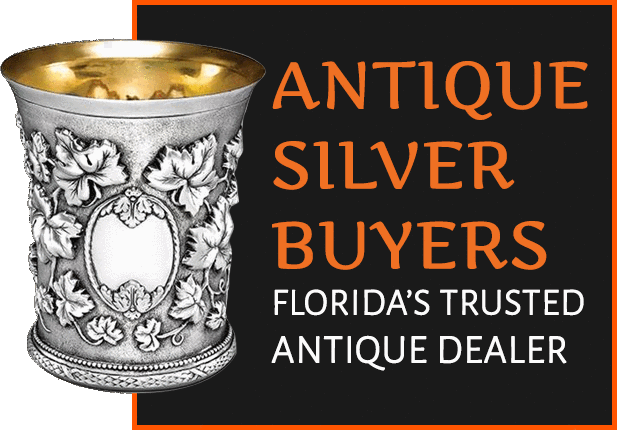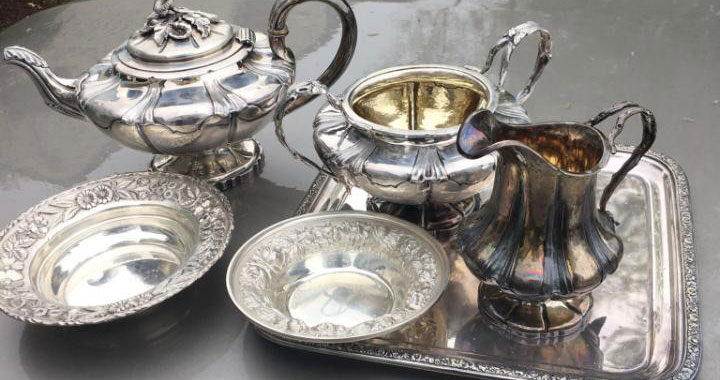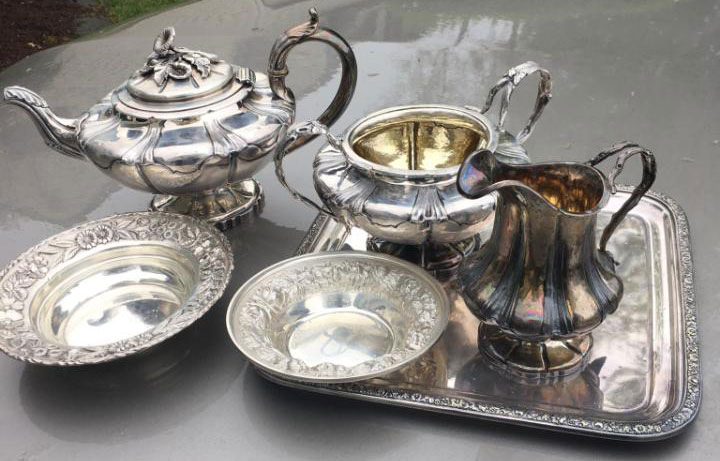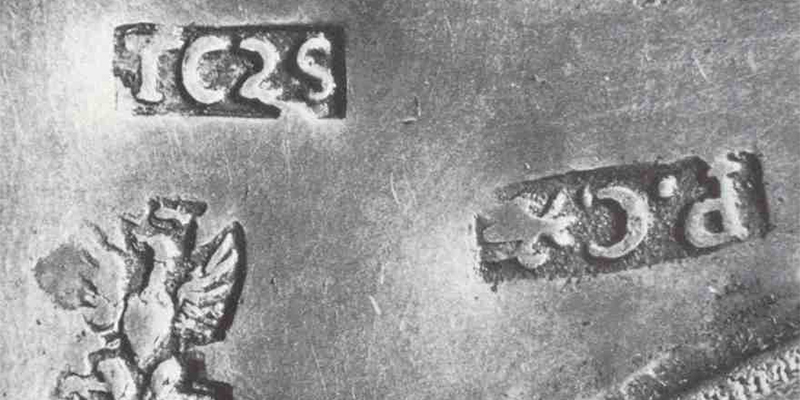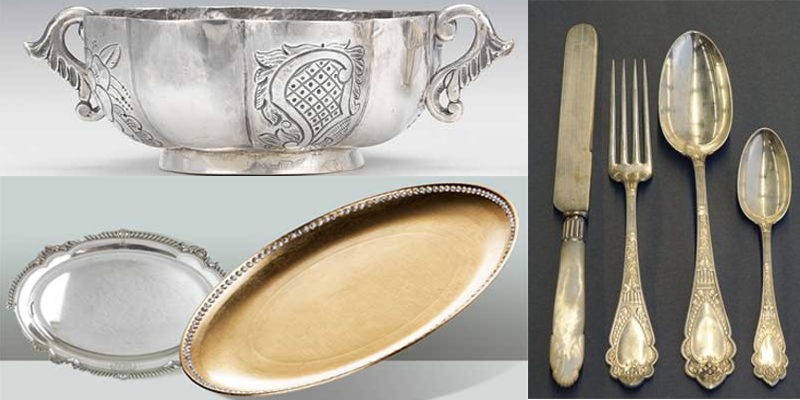If you’ve ever admired a piece of gleaming silver jewelry or a beautifully crafted silver dining set, chances are you’ve encountered sterling silver. But what exactly is this lustrous metal, and how can you be sure you’re getting the real deal? The world of sterling silver and uncover the secrets to identifying its quality.
The Sterling Silver Scoop
Sterling silver isn’t just any old shiny metal – it’s a precious alloy with a specific composition that gives it its unique properties. At its core, sterling silver is 92.5% pure silver mixed with 7.5% other metals, usually copper. This magical combination is why you’ll often hear sterling silver referred to as “925 silver.”
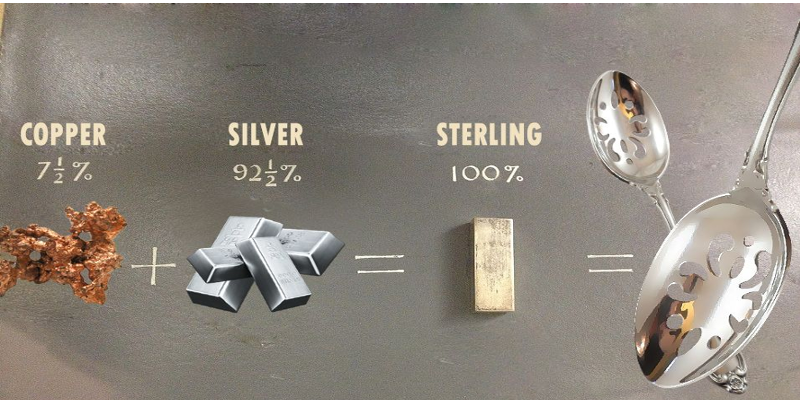
But why not use pure silver, you ask? Well, pure silver is like that friend who’s a bit too soft – it’s easily bent out of shape and not quite up to the task of everyday wear and tear. By adding a dash of copper or other metals, sterling silver becomes the superhero version of silver – stronger, more durable, and ready to take on the world (or at least your jewelry box).
The Sterling Standard: Benefits and Characteristics
Sterling silver isn’t just a pretty face; it’s got some serious perks that make it a favorite among jewelry makers and wearers alike:
- Strength and Durability: Thanks to its copper sidekick, sterling silver can withstand the rigors of daily use without throwing in the towel.
- Lustrous Shine: It’s got that classic silver glow that turns heads and makes your grandma’s cutlery the talk of the town.
- Hypoallergenic: For those with sensitive skin, sterling silver is less likely to cause allergic reactions compared to other metals.
- Affordability: It offers the luxurious look of precious metal without the eye-watering price tag of platinum or gold.
Silver Showdown: Sterling vs. The Rest
Before we dive into identifying sterling silver, let’s quickly compare it to its silver cousins:
- Pure Silver (99.9% silver): The diva of the silver world – beautiful but high-maintenance and too soft for practical use.
- Sterling Silver (92.5% silver): The perfect balance of beauty and brawn.
- Silver-plated: The budget-friendly option – a base metal wearing a thin silver coat.
Sherlock Your Sterling: How to Identify Sterling Silver Quality
Now, let’s get down to the nitty-gritty. How can you tell if that vintage necklace or thrift store find is genuine sterling silver? Put on your detective hat and try these methods:
1. The Mark of Quality: Hallmarks and Stamps
First things first, flip that silver piece over and look for hallmarks. Genuine sterling silver often bears stamps like “925,” “Sterling,” or even a lion passant (a fancy term for a lion walking). These marks are like the silver’s birth certificate, confirming its sterling status.
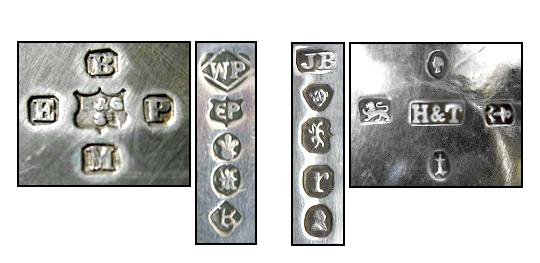
2. The Acid Test (Best Left to the Pros)
For those feeling particularly scientific (and cautious), there’s the nitric acid test. A drop of nitric acid on sterling silver will turn a creamy red. But unless you’re comfortable handling dangerous chemicals, it’s best to leave this one to the professionals.
3. The Sniff Test
Believe it or not, your nose can be a powerful tool in detecting sterling silver. Genuine sterling silver doesn’t have a strong metallic odor. If your “silver” piece smells like you’ve just licked a handful of coins, it might be an imposter.
4. The Polishing Act
Here’s a neat trick: gently rub the silver item with a soft, clean cloth. If it’s sterling silver, you’ll notice a slight black residue on the cloth. This is because sterling silver naturally tarnishes when exposed to air. If your cloth remains pristine, you might be dealing with an imposter.
5. Magnet Magic
Time to raid your fridge for that souvenir magnet! Sterling silver is not magnetic. If your silver item is attracted to the magnet like a moth to a flame, it’s likely not sterling silver.
6. The Eye Test
Sometimes, you’ve got to trust your eyes. Genuine sterling silver will tarnish over time, developing a subtle patina. Silver-plated items, on the other hand, might start flaking or showing the base metal underneath.
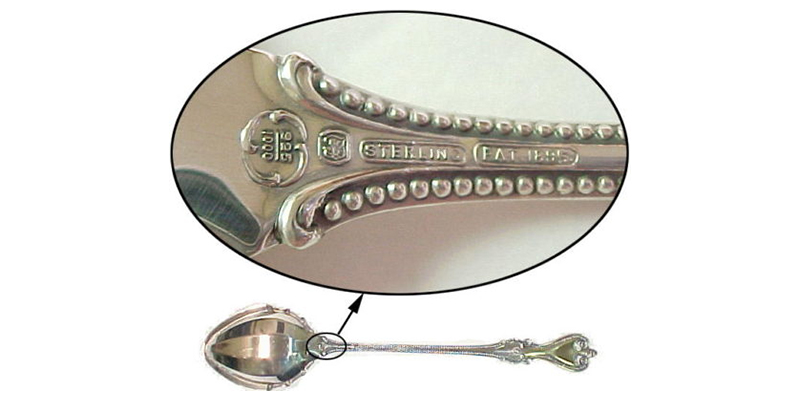
The Sterling Silver Saga: Care and Maintenance
Now that you’re a sterling silver sleuth, it’s worth noting how to keep your precious pieces in tip-top shape:
- Store Wisely: Keep your silver in a cool, dry place, preferably in anti-tarnish bags or boxes.
- Clean Regularly: A gentle polish with a soft cloth can work wonders in maintaining that signature shine.
- Avoid Chemicals: Keep your sterling silver away from harsh chemicals, including chlorine and household cleaners.
- Wear Often: Believe it or not, wearing your sterling silver jewelry regularly can help prevent tarnish, thanks to the natural oils in your skin.
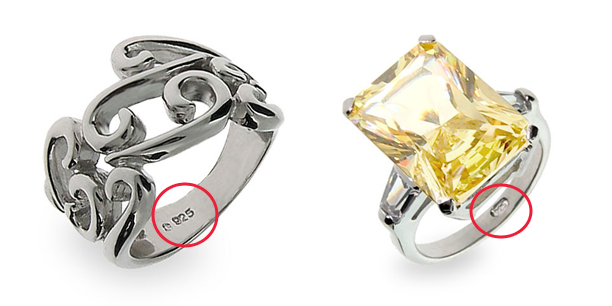
Wrapping Up: The Sterling Silver Standard
Sterling silver isn’t just a pretty face in the world of precious metals – it’s a durable, versatile, and timeless material that has earned its place in our jewelry boxes and dining rooms. By understanding what makes sterling silver unique and how to identify it, you’re now equipped to make informed decisions about your silver purchases and treasures.
Whether you’re a seasoned collector or just dipping your toes into the world of silver, remember that sterling silver is more than just a metal – it’s a piece of history, craftsmanship, and beauty all rolled into one shiny package. So go forth and silver on, armed with your new sterling knowledge!
